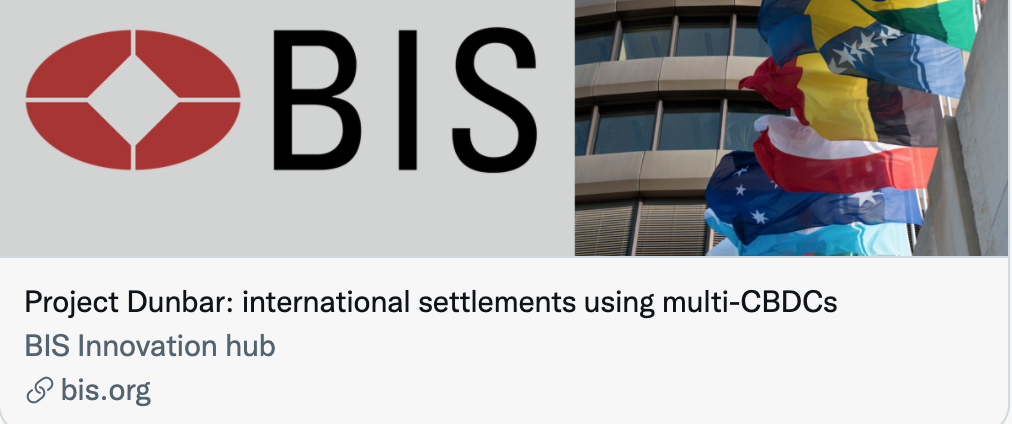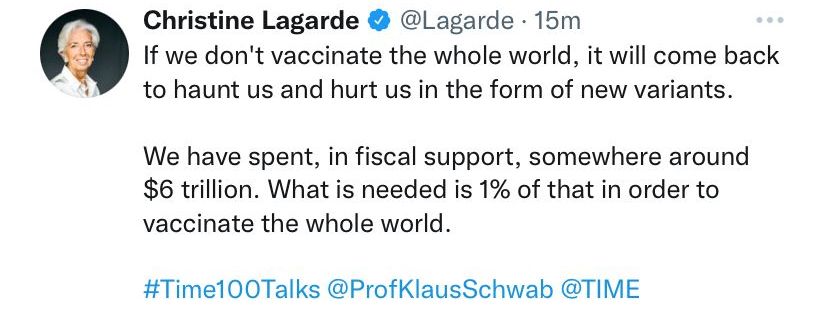El Salvador goes live
Bitcoin became legal tender in El Salvador on Tuesday. It was not met with universal approval locally and you can understand why, a lot of people struggle with technology, and this really is a quantum leap for some of them.
I cannot emphasise enough how important it is for the IMF and the US that the El Salvador experiment fails. It would massively undermine the dollar’s supremacy if a country could gain meaningful economic advantage by using bitcoin.
The number one advantage of using bitcoin in El Salvador is remittance. 20% of the country’s GDP flows in from relatives overseas. Currently those people pay around 10% in USD fees to send money, always as USD, always routed via New York. They can now do it for nothing on the bitcoin lightning network. That’s a 2% increase in GDP just by switching supplier.
Technology has a way of winning, by being better. The bitcoin stack in El Salvador now needs to prove that it is. No excuses, no “the IMF were rude to us”. Just be better, and win.
NFT
We are likely approaching the peak of the NFT hype-cycle. Nobody wants to call the top, but when ‘everyone is making millions’ it’s a pretty good sign.
An NFT is a non-fungible token. Essentially, that means a digital asset with some unique features, it also means a lot less liquidity on the way down. Among the most expensive are crypto-punks, Visa recently bought one for $150,000 for its own art collection. It looks like this.

You might reasonably disbelieve that this could be worth so much. I too am sceptical, because the image is nothing but a pixelated head, its only redeeming feature is that you can prove ownership of the original. That is entirely the point though.
In the digital world, intellectual property rights are likely to be rewritten by NFTs. The person that draws the next Batman comic will be able to stamp their mark of ownership on the work from day one, it will be dated and time-stamped and if it is going to be used in the digital world, it will verifiably be the creator’s intellectual property. It’s hard to predict where this all goes but here are some ideas:
- The mere fact that creators can now easily prove ownership could release tremendous value. Simply, it now pays better to create.
- Inside ecosystems it will be far easier to show-off. This sounds crass but let’s face it, Instagram and Facebook are just people showing off. Once those ecosystems start verifying ownership of expensive digital assets it won’t be pictures of ‘me and my Rolex’ but here is my expensive crypto-punk. It will not take them long to get on board and monetise this.
- Video games stand to benefit the most – avatars are real inside games. It is trivial for software to verify ownership so it will be huge inside those gaming ecosystems to have the best digital trinkets, all of which will be NFTs.
At the moment though, it is completely crazy. There are projects everywhere, most of which are worthless frauds, but it always starts like that. Out of the wreckage (which will happen), value will be created. Ownership in the digital world really matters, IP really matters, and it will likely be enabled by cryptography.
Imagine being a cave-dweller admiring your rock paintings with your local chums; your neighbour wanders in with his freshly painted work on papyrus. He is very excited and explains this new papyrus technology will revolutionise the world. Of course, he is mocked by the gathering, what if it rains? what if the dog eats it? It will fade!
Valid and accurate criticism but it still did revolutionise the world. Even if it is crazy, keep an open mind.
Covid ate my homework

No cause for alarm at this stage because the American Social Security fund (which pays retirement benefits) will not run out of money until 2034. So, you have plenty of time to either save some money or die before then. The Medicare Trust Fund runs out sooner in 2026 and perhaps even earlier given the stress it is currently under.
Nobody really believes that either scheme will run out of cash, it will simply be summoned up for somewhere. They are just further signs that America (and nearly everywhere else save for Germany, Scandinavia and Singapore) live well beyond their means.
The Biden spending plans now forecast structural deficits of $1.3 trillion for at least a decade. Given that governments are almost universally optimistic on such matters, the prospects for the American balance sheet are not good.
The US Debt Clock is projecting very ugly things based on the current rate of spending. US debt stands at $29 trillion now, that alone will compound to $40 trillion by the end of the decade. Add in $12 trillion extra from Biden’s forecast and we’re over $50 trillion without trying. The $86 trillion projection seems toppy, but it would be no real surprise.

Project Dunbar
It was a surprise to learn then that the Bank of International Settlements has let itself down with its latest project name.
“Project Dunbar brings together the Reserve Bank of Australia, Bank Negara Malaysia, Monetary Authority of Singapore, and South African Reserve Bank with the Bank for International Settlements Innovation Hub to test the use of central bank digital currencies (CBDCs) for international settlements.”

Project Dunbar? Apart from anything else Dunbar syndrome is a rather serious heart condition. The town by the same name on the East Coast of Scotland has even less to recommend it. The whole thing gave me cause to look up the latest going’s on in Dunbar, maybe there was a reason for all this?

It seems that fresh water has yet to make an appearance In Dunbar. You couldn’t make it up really, the whole article is here in the East Lothian Courier and it’s rather enjoyable.
Happily, the locals are right behind this particular Project Dunbar, which is great news. It has caused an outbreak of tap envy though, one resident giving voice to no doubt universal concerns:

If they have one, we want one. Perhaps the same will be true for central bank digital currencies.
Project names have a funny way of making a difference though. We once proposed a project name of Project Midas, much to the horror of one of our more experienced colleagues, who asked “you do actually know what happened to King Midas, don’t you?”
Euro-Trash

We’ve spent $6 trillion, quite obviously then, it will be the extra $60 billion that makes the difference.
Where did the $6 trillion come from? The Germans think they know and a local magazine minted a new 1000 Euro note in Christine’s honour this week. A harbinger of hyperinflation.

There are people alive in Germany that remember the Weimar Republic. They know what happens when money just drops from the sky.
Her comments on vaccines are rather odd too. We can certainly vaccinate people against known variants, but her claim seems to be this will also work against all unknown variants. Perhaps there is a new vaccine coming; AstraChristineica which works against anything that ever could make you ill, or for that matter, poor.
Lagarde is a charlatan, and her tweets prove it.

